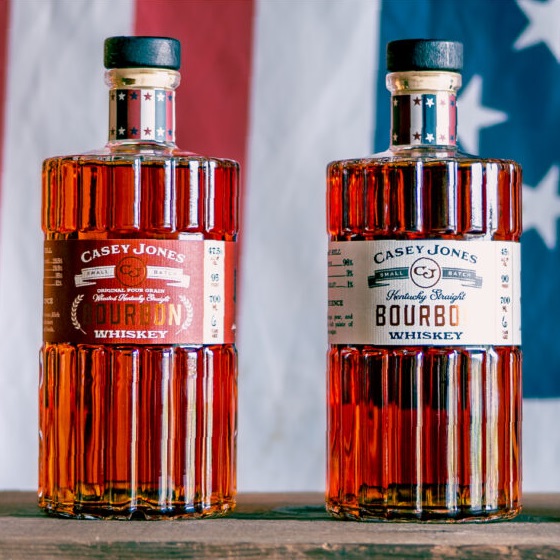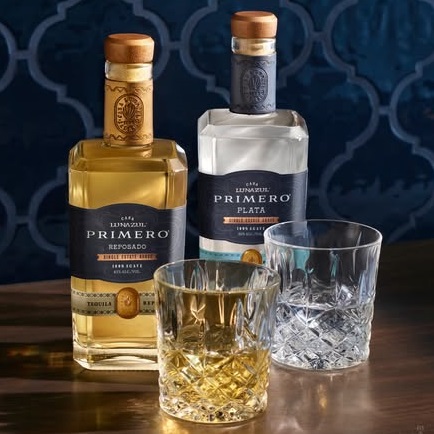Best Non-Kentucky Bourbon of 2020

The journey of craft bourbon distilling in the modern era is one of constant criticism and comparing yourself to industry giants, whose whiskey lineage dates as far back as to the 1780s.
In the first phase of craft bourbon distilling, we saw overoaked nightmares. And for as much as I wanted to support small business and entrepreneurs chasing a dream, I simply could not get on board with the small barrels that yielded these unwanted notes. Any number of things could have caused this note, but the small barrel was the common denominator. (Note: small barrel use has gotten better.)
Then came the barrel finish and blending phase, where smaller distillers took their bourbon and finished in a secondary barrel or blended sourced whiskey with their product. These were smart moves, but they still didn’t showcase the art of distilling that suggested craft distillers could genuinely take on Kentucky.
Then, we started seeing distillers, such as Todd Leopold, Chip Tate and Alan Bishop, focusing on grains and distilling techniques to create beautiful flavors that showed grain expression. For as much as I love the caramel-laden flavors in Kentucky bourbon, grain flavors are typically one dimensional, offering rye bread, cornbread or raw grain notes. You rarely taste the malt in Kentucky Bourbon.
With the likes of Leopold’s and Bishop’s work comes the lasting phase of craft whiskey distilling: The grain speaks for itself with the barrel rounding out the flavor.
And so, as I am glad to give Spirits of French Lick (Indiana) my best Non-Kentucky Bourbon of the year, I can’t help but hope that small distillers look to what Spirits of French Lick has done with its use of multiple grains, lower distillation proof points with a pot still, make damn near perfect cuts of the hearts and tails, go into the barrel at a lower barrel entry proof and bottle at the right time. It sounds easy, but it’s not.
The Lee Sinclair 4-Grain Bottled-in-Bond (60% Corn, 17% Wheat, 13% Oats, and 10% Caramel Malt) may be the best use of oats in contemporary distillation. Oats, once commonly used in American whiskey, can throw off a fermenter and come out distilled tasting like mold. Bishop’s understanding of grains is why his whiskey continues to climb up in whiskey geek circles.

But I think it’s the old school distillation that genuinely separates him, where he watches the still like a hawk and relies less on computers. In the age of technology, there’s no automation in Spirits of French Lick. Perhaps that’s the trick to craft bourbon, to go back to when humans made the decisions and not the latest software.
And while we cannot deny the beautiful bourbons coming out of Kentucky, who rely on automation, the Spirits of French Lick bourbons show the future of craft is bright and that grain nuance can be as beautiful as it is hard to do right.
Thus, craft’s flavor future may be defined with a simple phrase Bishop likes to use, “respect the grain.”








